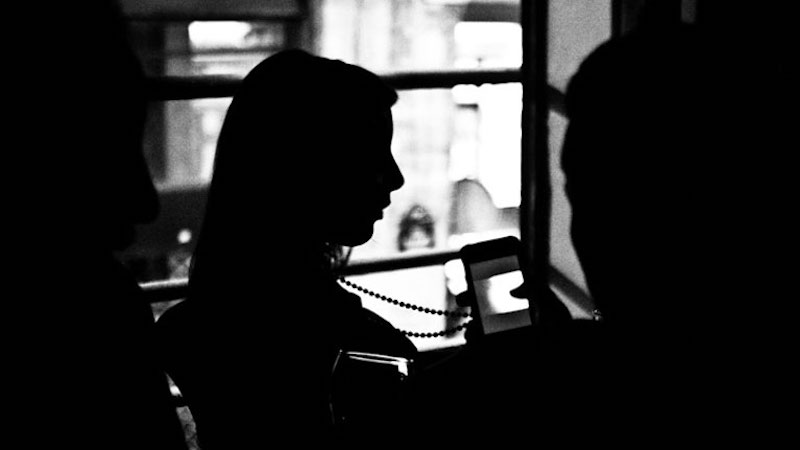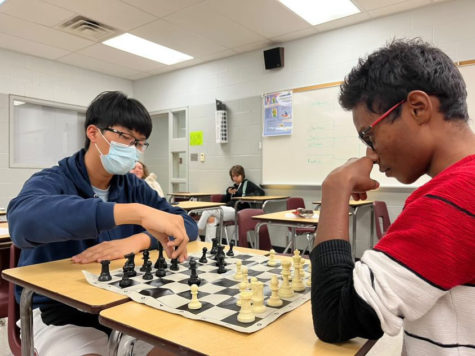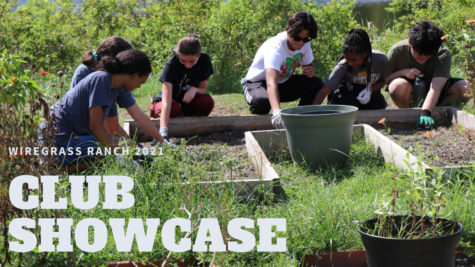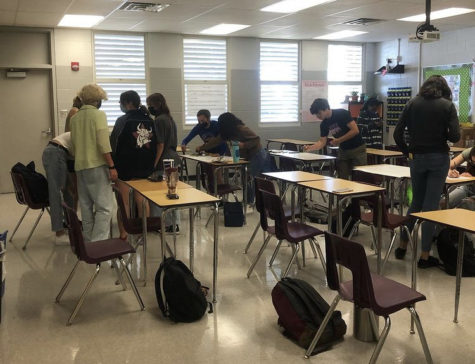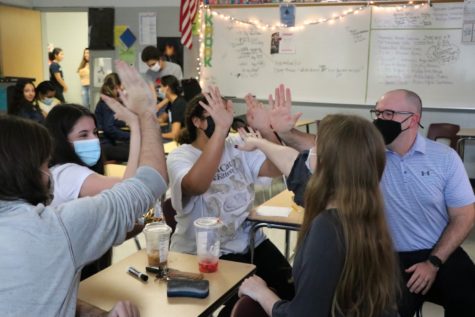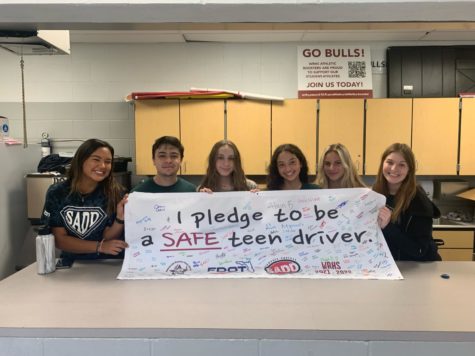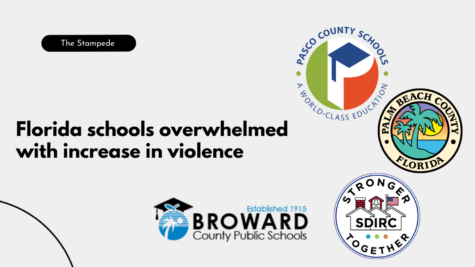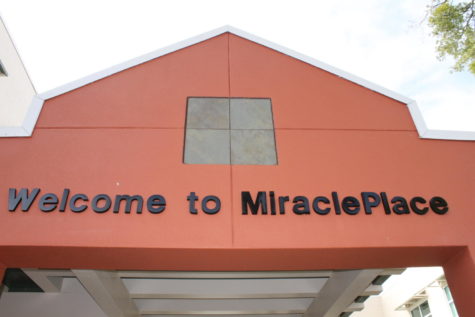Addressing the human trafficking epidemic in Tampa
Trafficked individuals often feel a sense of despair and hopelessness, as perpetrators deliberately isolate them to create the impression that there is no escape or better alternative.
Human trafficking is an issue that has plagued Tampa, Florida, for years: instilling fear in the city’s residents as threats to their fragile safety and freedom loom nearby. There are countless reminders in malls, parks, and on posters and billboards, warning people to be wary of potential traffickers.
Although human trafficking seems like a distant problem that many won’t ever encounter, it is one of the most common criminal activities, second only to the illegal drug trade. Regardless of whether the average person has fallen victim, or unknowing witness, to the terrifying practice, it is as prevalent and vital an issue as any other.
While this is a global matter, it poses a significant crisis for the local community; Florida ranks as the third state and Tampa the twelfth city in the country for reports of human trafficking.
“The first step in combating human trafficking is to educate,” Jamie Justice, sponsor for the Teens Battle Human Trafficking club, said. “It’s important that we teach people about the signs, for example, so they know what to look out for.”
There are two primary forms of which human trafficking exists: either labor or sex, and both involve the careful deception and manipulation of victims. The employment of such tactics further proves that this is modern-day slavery; while much happens behind closed doors, it is far too big a problem for people to remain ignorant.
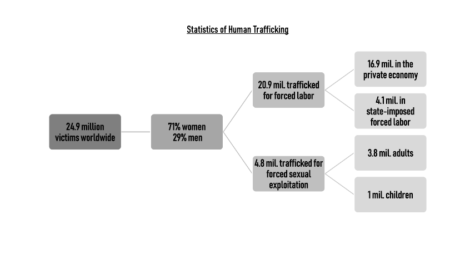
“If there is one thing I’d want everyone to know [about human trafficking], it’s that it’s not just a man kidnapping a girl off the street,” Justice said. “There’s so much more to it. That’s why we want to warn people about grooming, as well as teach them how to edit privacy settings on their social media, so potential traffickers can’t contact them.”
Trusted adults can take precautions first by explaining “stranger danger” to young children; discussions should extend far into teenage years, though, because perpetrators often form emotional or romantic bonds with intended victims.
Furthermore, while everyone risks falling victim to a human trafficking ploy, people of color and those belonging to the LGBTQ+ community are more likely to be trafficked than any other demographic groups.
“Although it may not seem like it, human trafficking affects so many people,” Mahek Mody, co-president of the Teens Battle Human Trafficking club, said. “Even if someone doesn’t look like or express that they’ve suffered from this, they may still have. Many people unaware of this issue participate in dangerous activities that can lead to bad consequences.”
The Teens Battle Human Trafficking (TBHT) club was formed last school year at Wiregrass Ranch High School by Mody and fellow juniors Khushi Chitalia and Meghna Manjith to educate students about and help survivors of human trafficking.
“My favorite part of TBHT is seeing so many people take part in the club,” junior Nuha Naveen said. “It’s heartwarming to see so many people take time out of their day, eager to take action against a wrongdoing and stand up for their morals.”
Your donation will support the student journalists of Wiregrass Ranch High School. Your contribution will allow us to purchase equipment and cover our annual website hosting costs.
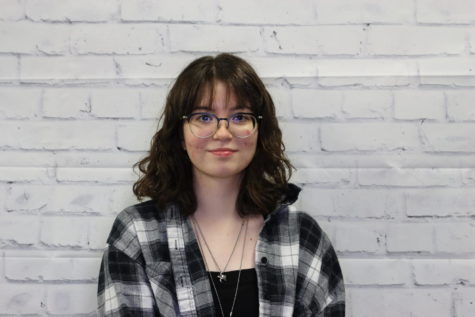
Dominique is a junior and this is her first year writing for The Stampede. She enjoys reading, writing, baking, and creating art in her free time. Dominique...

